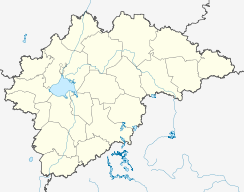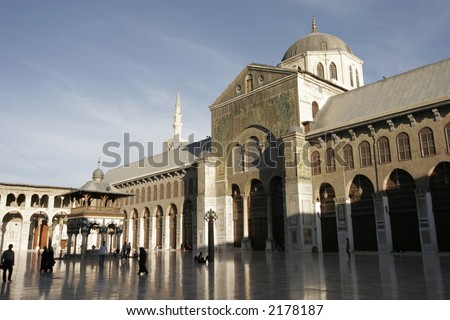
Lithuania – a country located in the North Baltic Sea. It gained its unity in the 13th century and became one of the largest states of Europe. In 1569, they merged with Poland.
The flag of Lithuania, just like any other countries in Europe, carries a tricolor of yellow, green and red. It was on March 20, 1989 when it was finally accepted as the country’s national flag, although the earliest flag ever recorded was during the 15th century. The beginnings of the yellow, green and red colors are a result of other European countries wanting to change their flags. It was never known whose idea it was to change the colors of the flag to yellow, green and red. There are instances in which they would point out the idea to come from Lithuanian exiles living in Europe or other parts of the United States.
It is believed that the Lithuanian flag colors had its roots from the country’s national dress but others would like to believe that the yellow stripes represent the sun, green for the fields, and red for the blood that was shed in gaining their independence.
In the early days, Lithuania itself did not have a national flag of its own – what they had was only a state flag. But during the end of the 19th century Lithuania fought for freedom. However, this freedom involved giving them the right to have a government of their own without breaking any alliance with Russia.
After the revolution Lithuania’s longing to have an independent state grew. Of course Russia was aware of this. That is why they thought of a solution to resolve this problem. It was here that the question of having a Lithuanian national flag arose.
At first it was suggested that they use an old flag used by the Duchy of Lithuania. Although some other suggestions came, a commission had to be established in order to resolve the problem of the flag.
On November 11, 1918 the flag was raised for the first time. According to Lithuanian law, the flag should be raised on holidays such as the establishment of the state of Lithuania (February 16), the king’s coronation (July 6) and Constitution Day (October 25).


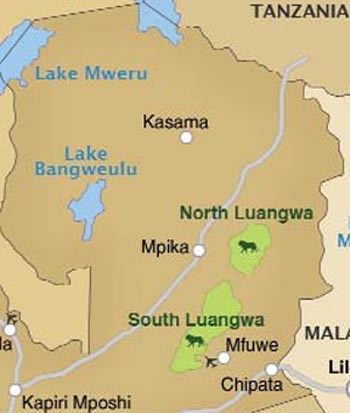


.svg/250px-Panama_(orthographic_projection).svg.png)





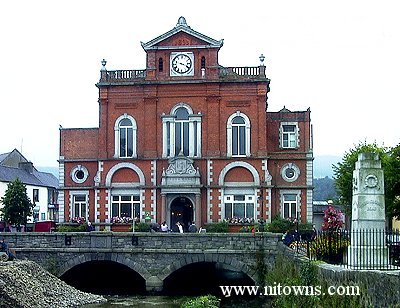

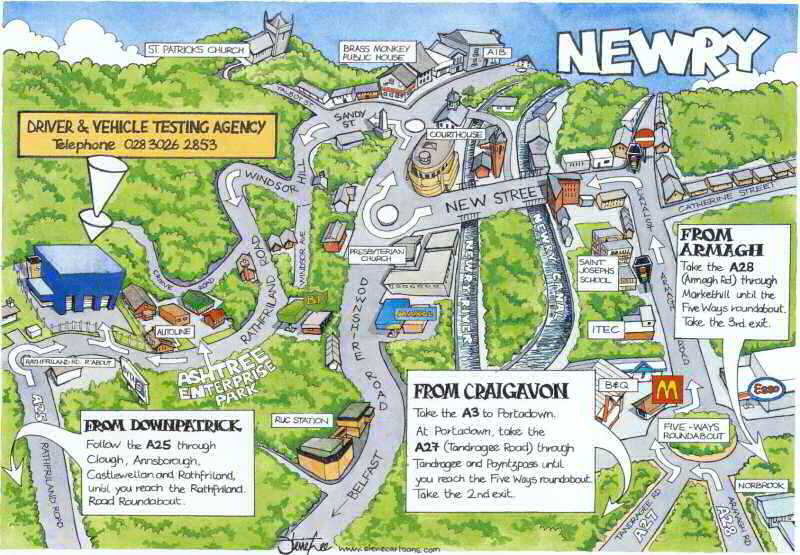


.JPG/250px-Salzburg_(31).JPG)











.jpg/200px-DivrigiUluCamiportal_(2006).jpg)



